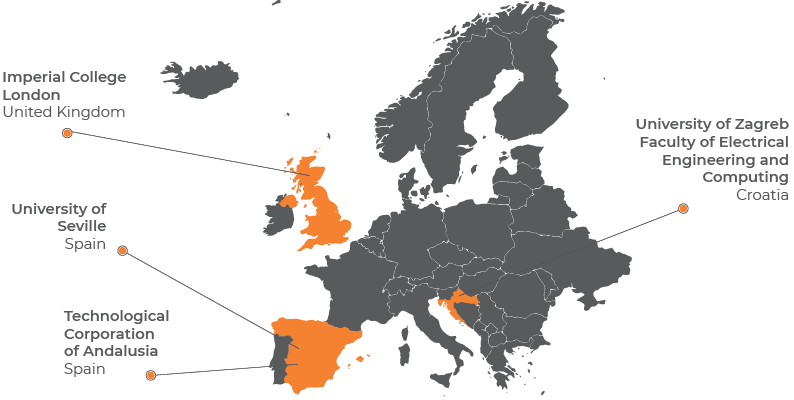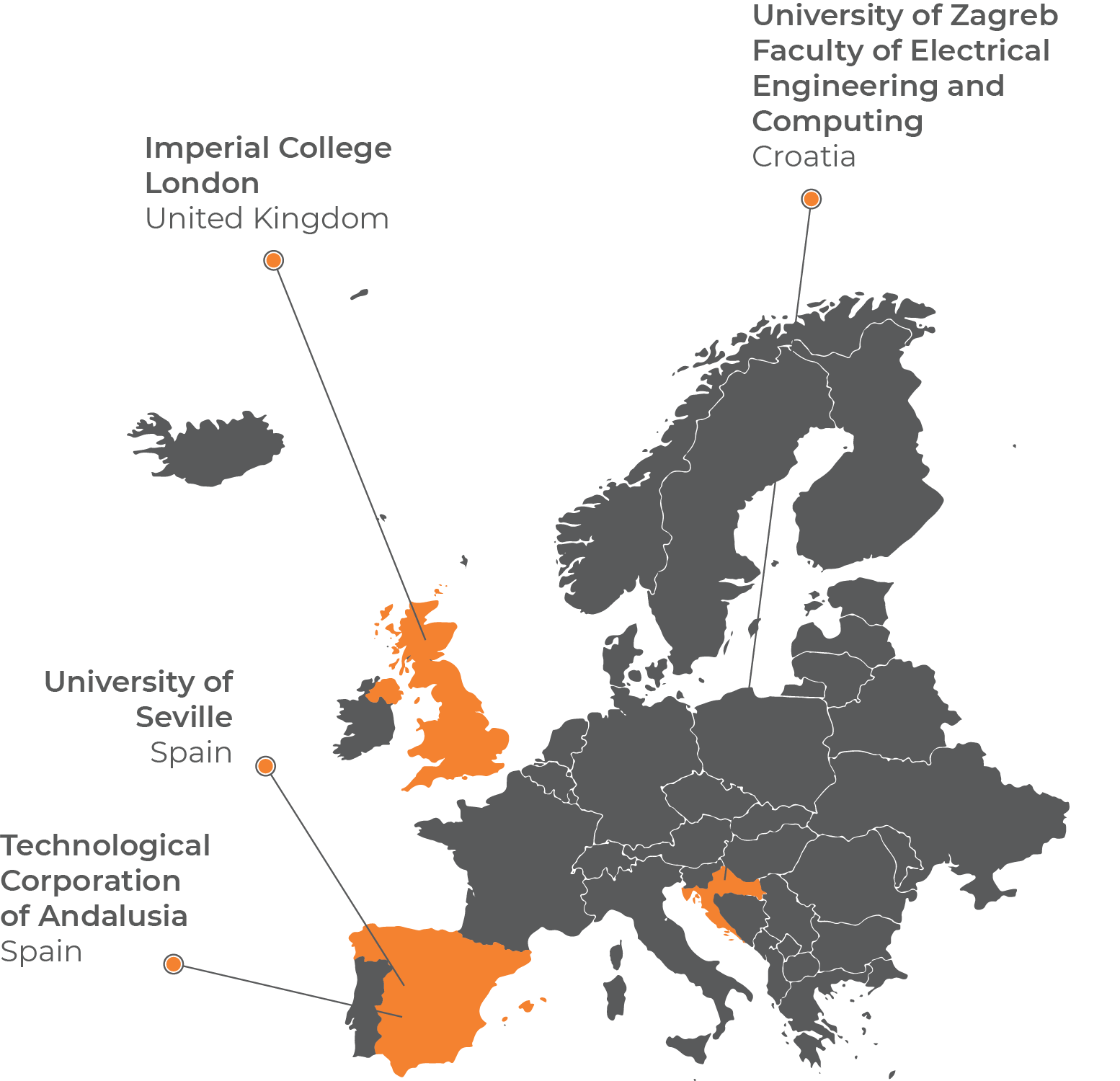 Project name: Twinning coordination action for spreading excellence in Aerial Robotics
Project name: Twinning coordination action for spreading excellence in Aerial Robotics
Project acronym: AeRoTwin
Dates: 01.09.2018 - 28.02.2022
Total budget: 997,897.50 EUR
Funding: EU Horizon 2020, CSA - Coordination and support action
Grant Agreement number: 810321
Website: https://aerotwin.fer.hr
AeRoTwin
AeRoTwin is an EU H2020 Twinning project coordinated by the Laboratory for Robotics and Intelligent Control Systems - LARICS from the University of Zagreb Faculty of Electrical Engineering and Computing (UNIZG-FER).
The overarching goal of AeRoTwin is to decrease networking gaps and deficiencies between UNIZG-FER and internationally leading counterparts in EU, by significantly enhancing the S&T capacity of LARICS at UNIZG-FER in the field of aerial robotics. Through carefully planned twinning actions, AeRoTwin will raise the UNIZG-FER research profile, as well as the research profile of its personnel.
UNIZG‐FER will through AeRoTwin enhance its networking capacity and scientific visibility; improve the quality of innovation management and technology transfer; and also increase its research excellence and innovation capacity in the field of aerial robotics, in the following Strategic Research Domains (SRDs):
- Cooperative robotic missions
- Aerial robot navigation
- Aerial robot configurability
Partners:
- University of Seville (USE), Spain
- Imperial College London, UK
- Technological Corporation of Andalusia, Spain
Within NATO SfP project MORUS and EU project AeRoTwin, Lovro Marković and Marko Car attended the European Control Conference from 25th to 28th of June, 2019 in Naples, Italy. At the conference Lovro presented their paper titled Geometric Tracking Control of Aerial Robots Based on Centroid Vectoring.
Their paper focuses on presenting the concept of geometric tracking control for an unmanned aerial vehicle (UAV) based on variations in centerof gravity (CoG). The proposed UAV model has the ability to exploit its dynamic CoG as a means of stabilization and control. A mathematical model of such a system is used as a base for developing the nonlinear geometric tracking controller on the special Euclidean group SE(3). Finally, two unique UAV models, presented with a trajectory tracking problem, are simulated in a realistic simulation environment. Performance of the selected control terms is analyzed based on relevant simulation results.




